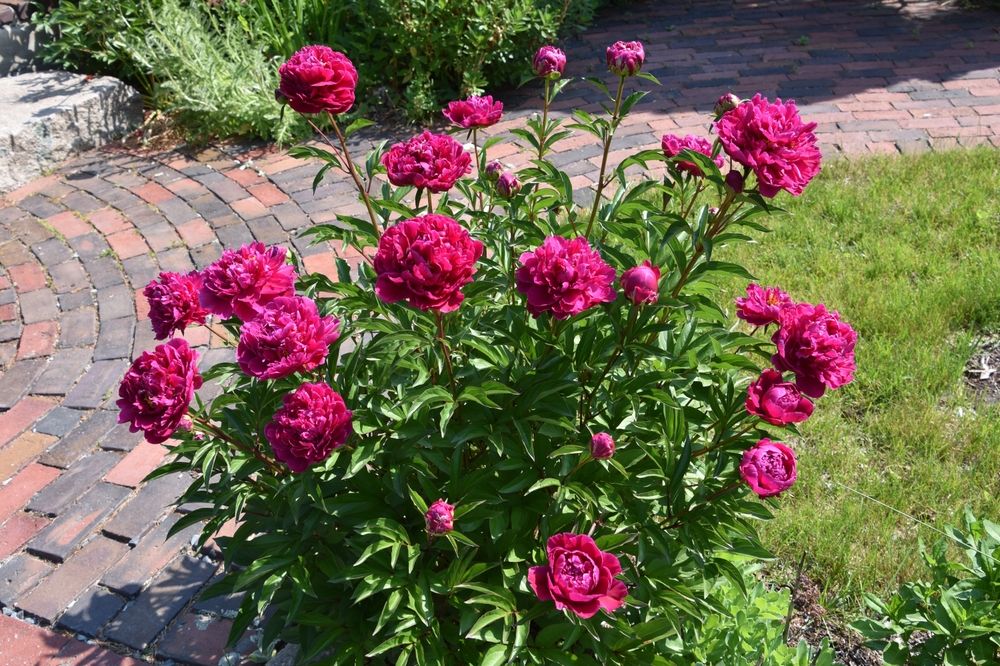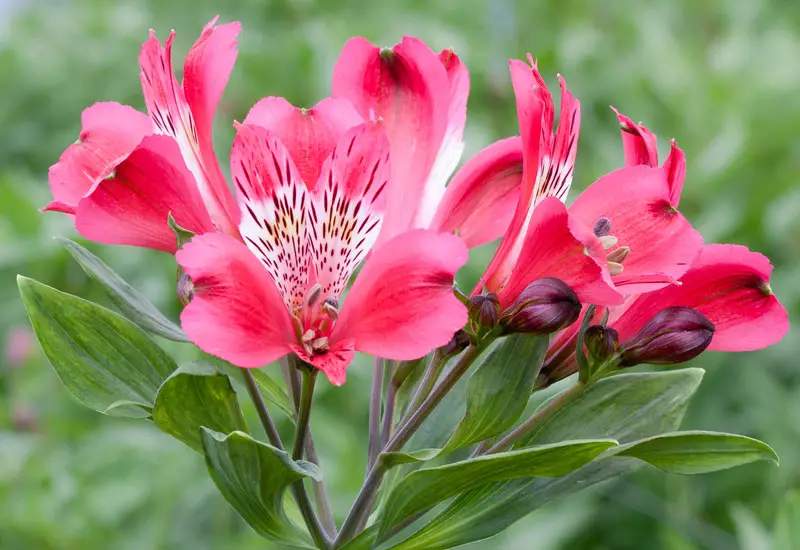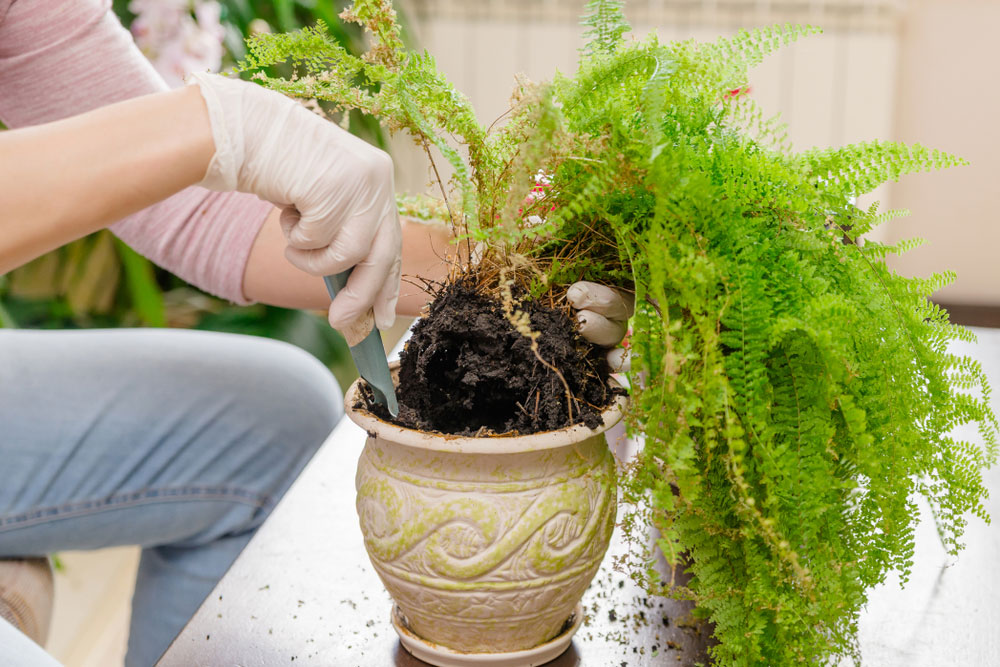
Boston Ferns, or Nephrolepis exaltata, is a luscious, natural sword fern that grows in swampy or humid environments. As far as ferns go, having a Boston fern is rather easy to maintain. It has a full, feathery appearance that is so attractive in various fern species while being hardy and resilient.
Watering
The first thing to mention about Boston fern plants is the fact that they require humidity. While watering, it is a beneficial act to mist the leaves of the plants to mimic humidity in their natural habitat. If you do not plan on misting regularly, it is important to keep them in a humid room, such as a bathroom.
Since these plants are so particular about being moist, never allow the soil to go completely dry in between watering. It is always best to keep the soil damp to saturated. Depending on the heat, this should be done two times per week to every day.
| Botanical Name: | Nephrolepis exaltata |
| Common Name: | Boston fern, Sword fern, Ladder fern, Boss fern |
| Light: | Good, indirect light |
| Watering: | Keep potting mix moist |
| Temperature: | 50 – 70° F | 10-21° C |
| Height: | up to 30 inches |
| Spread: | up to 30 inches |
Light and Temperature Requirements
Boston ferns enjoy the shade. They do not fare well in direct sunlight. Direct sunlight will cause the leaves to dry up and can easily kill the plant. The plant benefits from two hours of indirect sunlight per day.
The ideal temperature for a Boston fern is between 68- and 78-degrees Fahrenheit. Since these plants are native to warm, humid environments, it can be detrimental to the plant to dip below temperatures of 30 degrees.
Soil
Boston ferns require potting and soil that allow them to drain well and receive plenty of air. You will want to plant them in a pot with holes for draining purposes. This will allow the water to naturally flow through the soil without getting trapped.
Peat moss-based potting soils with added vermiculite or perlite are very good choices for growing. Both the planting pot and the soil will need to allow the plant to retain moisture while getting adequate airflow.
Fertilizer
Boston ferns thrive with monthly fertilizer additives in 20-20-20 measurements. They need a fertilizer with a perfect balance of nitrogen, potassium and phosphorous. With proper fertilization and care, these plants can grow quite large, even indoors.
Re-Potting
Healthy Boston fern plants will grow to be quite sizable both outwardly and up. It is important to check for root compaction. If it seems like the growth of your fern is slowing down or if you see roots from drainage holes, it may be time to replant.
Repotting should be relatively easy. When you are ready, be sure that the new pot is 2-3 inches larger than the current pot. Also, make sure that the soil is damp so that it sticks to the roots for easier transition. Fill up the new pot with 2 inches of fresh potting soil and transfer the plant over.

Propagating
Dividing Boston ferns should be a fairly simple process. You simply take the fern runners from a mature plant and repot them in sterile soil. You should then place a plastic bag over the fern. Once the offshoots begin to grow, you can remove the bag and keep the plants damp.
Enjoy Your Beautiful Boston Fern
With these simple caretaking techniques, you can ensure your plant the ability to survive and thrive! Whether you plant to pot for table space or hang, they will make lovely additions to any home.





